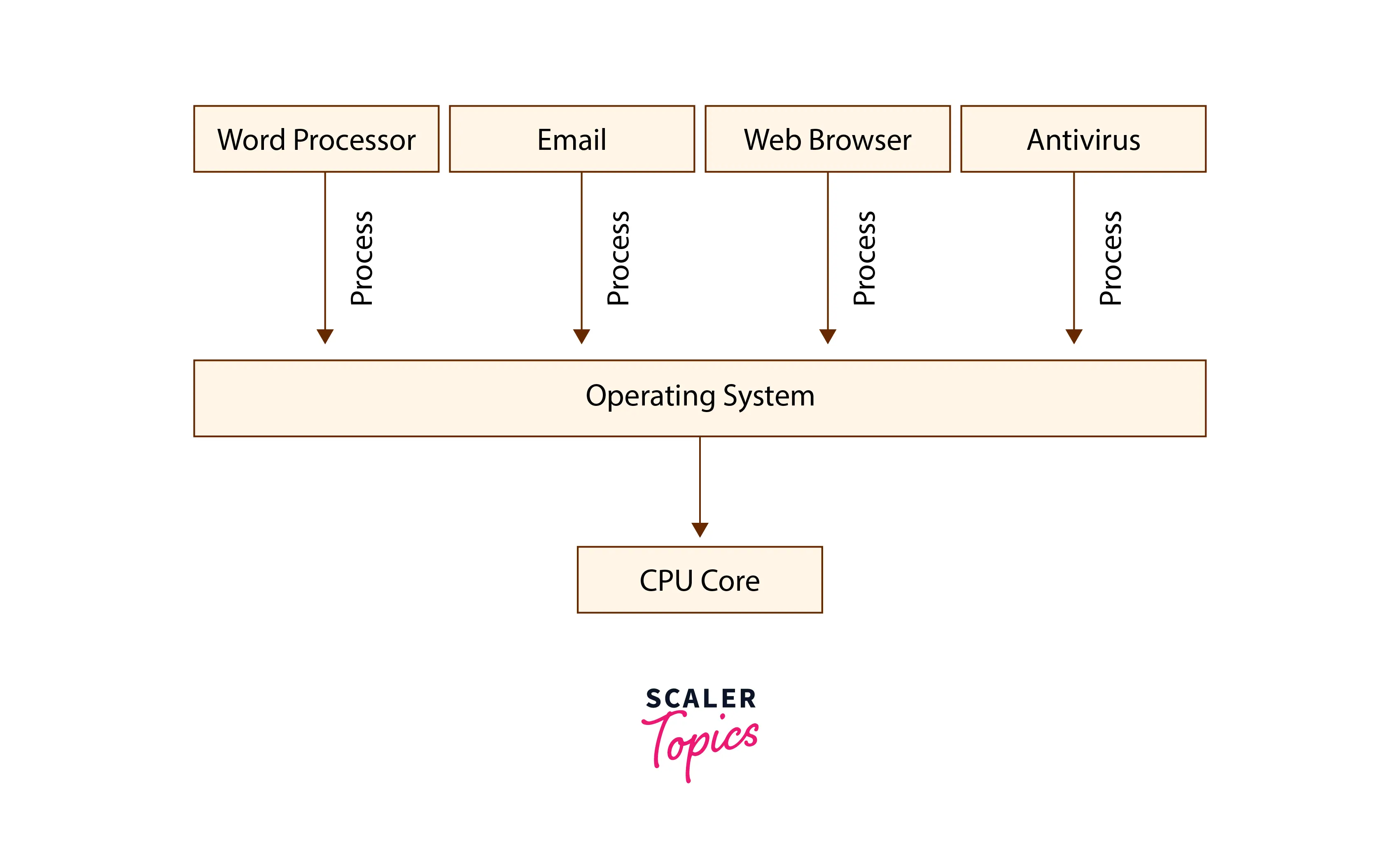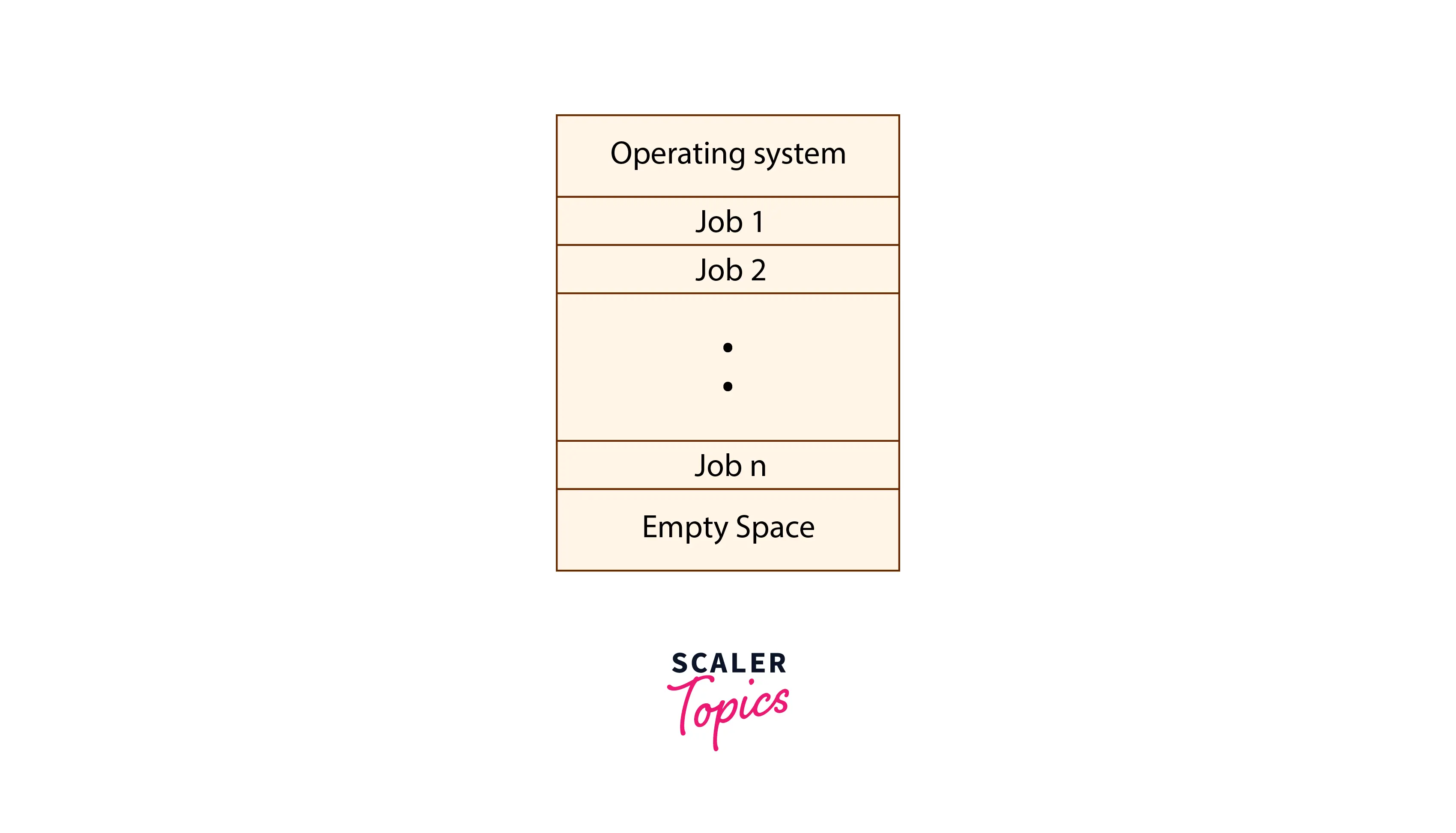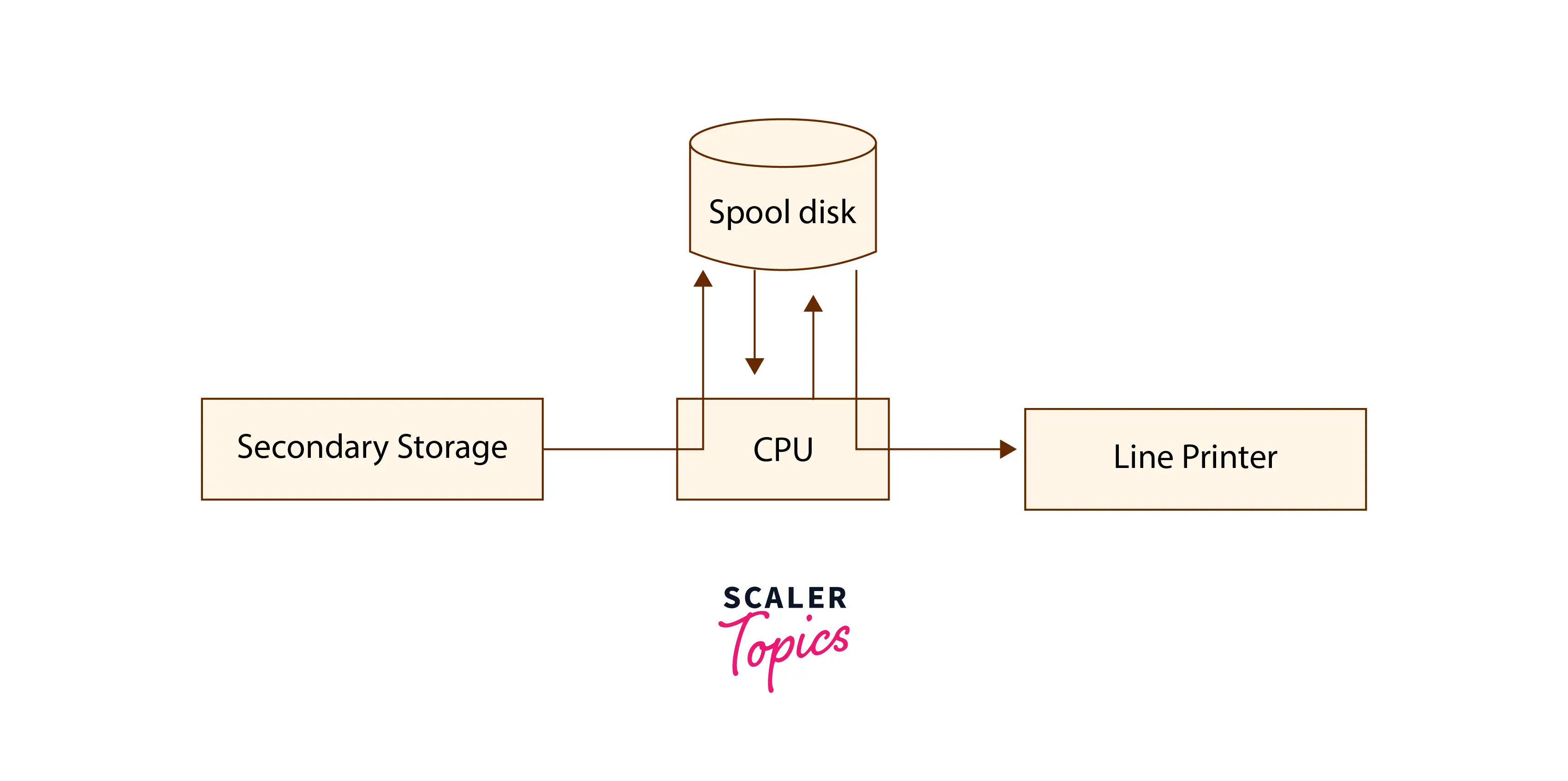Interactive Operating System
Overview
Interactive systems are computers that accept human input. Humans provide commands or data to computers by typing or by gestures. MS Word and spreadsheets are two examples of interactive systems. Interactive operating systems are operating systems that facilitate interactive behavior. Mac and Windows operating systems are examples of interactive operating systems.
What is an Interactive Operating System?
- An interactive operative system is an operating system that enables the execution of interactive programs. Almost all PC operating systems are interactive operating systems.
- An interactive operating system allows the user to interacts directly with the computer. In this type of operating system, the user enters a command into the system, and the system executes it.
- Programs that allow users to enter data or commands are known as interactive computer systems. The majority of commonly used software, such as word processors and spreadsheet applications, are interactive.
- A non-interactive program is one that, once started, continues without the need for human interaction. A compiler, like all batch processing applications, is a non-interactive program.
Properties of Interactive Operating System
1) Batch Processing

It is the process of collecting programs and data together in a batch before executing or processing them. The operating system defines the jobs as a single unit using a predefined sequence of commands, data, or programs.
Before execution, these jobs are stored in system memory, and their processing is based on a first-come, first-served basis.
When a job is finished, the operating system releases the memory and copies the output into an output spool for later printing. This improves system performance because a new job begins as soon as the old one is completed without any manual interference.
There is also a small chance that the jobs will enter an infinite loop. Debugging is also difficult with this type of processing.
2) Multitasking

The CPU can perform multiple tasks simultaneously by switching between them. This type of system is known as a time-sharing system and has a very fast response time. These tasks switch so quickly that users can easily interact with each running program.
3) Multiprogramming

Multiprogramming occurs when the system memory stores multiple processes. The operating system runs these processes in parallel on the same processor. Multiple processes share the processor, or CPU, increasing CPU utilization.
The CPU only executes one job at a time while the others wait for the processor to be assigned to them.
The operating system ensures that the CPU is never idle by using memory management programs to monitor the state of all system resources and active programs. This also gives the user the impression that the CPU is working on multiple programs simultaneously.
4) Distributive Environment
A distributive environment is made up of multiple independent processors. The operating system distributes computation logic among physical processors and manages communication between them. The processors do not share a memory or a clock; instead, they each have their own local memory.
5) Interactivity
The ability of a user to interact with a system is referred to as interactivity. The operating system (OS) provides an interface for interacting with the system, manages I/O devices, and ensures a quick response time.
6) Real-Time System
Dedicated embedded systems are real-time systems. To ensure good performance, the OS reads and reacts to sensor data and provides a response in a fixed time period.
7) Spooling

Spooling is the process of pushing data from various I/O jobs into a buffer, disc, or somewhere in the memory so that a device can access the data when it is ready.
In order to maintain the spooling buffer, the OS handles I/O device data spooling because the devices have varying data access rates. Buffer acts as a waiting station for data to rest while slower devices catch up. Print Spooling is a spooling application.
Example of an Interactive Operating System
- UNIX operating system
- DOS (Disk Operating System)
Advantages of Interactive Operating System
Usability: An operating system is designed to perform something, and interactiveness allows you to manage your tasks more or less in real time.
Security: Simple security policy enhancement. In non-interactive systems, you virtually always know what your program(s) will do during their lifetime, allowing you to forecast and correct the majority of bugs.
Disadvantages of Interactive Operating System
Tough to design: depending on the target device, interactivity might be challenging to design because you must be prepared for every input. What about having many inputs? The state of a program can lawfully alternate at any time, they all need to be handled in some way, and it doesn't always work out properly.
Conclusion
- Users can interact with interactive operating systems directly while one or more programs are running, giving them direct access to the operating system. A user interface will make this possible. An interface may be graphical or command line in format.
- An interactive operating system allows the user to engage directly with the machine. All personal computers run Interactive operating systems. In this type of operating system, the user enters a command into the system, and the system executes it.
- Interactive operating systems facilitate crucial communication between computers and humans. Windows and Mac OS are the two most widely used computer operating systems.
